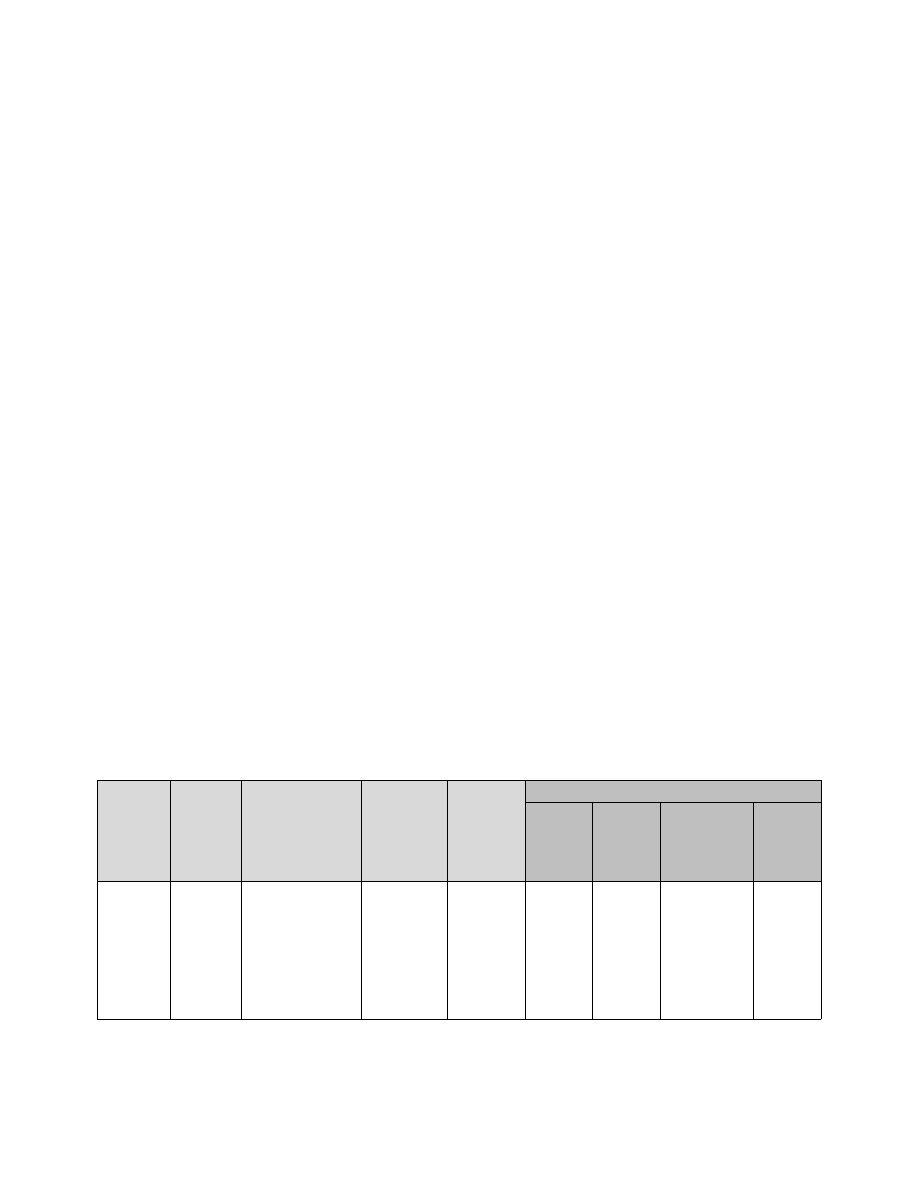
Pilot/Controller Glossary
4/20/23
PCG A
−
10
4.
SSALR
−
Simplified Short Approach Light System with Runway Alignment Indicator Lights.
5.
MALSF
−
Medium Intensity Approach Light System with Sequenced Flashing Lights.
6.
MALSR
−
Medium Intensity Approach Light System with Runway Alignment Indicator Lights.
7.
RLLS
−
Runway Lead-in Light System Consists of one or more series of flashing lights installed at or
near ground level that provides positive visual guidance along an approach path, either curving or straight, where
special problems exist with hazardous terrain, obstructions, or noise abatement procedures.
8.
RAIL
−
Runway Alignment Indicator Lights
−
Sequenced Flashing Lights which are installed only in
combination with other light systems.
9.
ODALS
−
Omnidirectional Approach Lighting System consists of seven omnidirectional flashing lights
located in the approach area of a nonprecision runway. Five lights are located on the runway centerline extended
with the first light located 300 feet from the threshold and extending at equal intervals up to 1,500 feet from the
threshold. The other two lights are located, one on each side of the runway threshold, at a lateral distance of 40
feet from the runway edge, or 75 feet from the runway edge when installed on a runway equipped with a VASI.
(Refer to FAA Order JO 6850.2, VISUAL GUIDANCE LIGHTING SYSTEMS.)
b.
Runway Lights/Runway Edge Lights
−
Lights having a prescribed angle of emission used to define the
lateral limits of a runway. Runway lights are uniformly spaced at intervals of approximately 200 feet, and the
intensity may be controlled or preset.
c.
Touchdown Zone Lighting
−
Two rows of transverse light bars located symmetrically about the runway
centerline normally at 100 foot intervals. The basic system extends 3,000 feet along the runway.
d.
Runway Centerline Lighting
−
Flush centerline lights spaced at 50-foot intervals beginning 75 feet from
the landing threshold and extending to within 75 feet of the opposite end of the runway.
e.
Threshold Lights
−
Fixed green lights arranged symmetrically left and right of the runway centerline,
identifying the runway threshold.
f.
Runway End Identifier Lights (REIL)
−
Two synchronized flashing lights, one on each side of the runway
threshold, which provide rapid and positive identification of the approach end of a particular runway.
g.
Visual Approach Slope Indicator (VASI)
−
An airport lighting facility providing vertical visual approach
slope guidance to aircraft during approach to landing by radiating a directional pattern of high intensity red and
white focused light beams which indicate to the pilot that he/she is “on path” if he/she sees red/white, “above
path” if white/white, and “below path” if red/red. Some airports serving large aircraft have three-bar VASIs
which provide two visual glide paths to the same runway.
h.
Precision Approach Path Indicator (PAPI)
−
An airport lighting facility, similar to VASI, providing vertical
approach slope guidance to aircraft during approach to landing. PAPIs consist of a single row of either two or
four lights, normally installed on the left side of the runway, and have an effective visual range of about 5 miles
during the day and up to 20 miles at night. PAPIs radiate a directional pattern of high intensity red and white
focused light beams which indicate that the pilot is “on path” if the pilot sees an equal number of white lights
and red lights, with white to the left of the red; “above path” if the pilot sees more white than red lights; and
“below path” if the pilot sees more red than white lights.
i.
Boundary Lights
−
Lights defining the perimeter of an airport or landing area.
(Refer to AIM.)
AIRPORT MARKING AIDS
−
Markings used on runway and taxiway surfaces to identify a specific runway,
a runway threshold, a centerline, a hold line, etc. A runway should be marked in accordance with its present usage
such as:
a.
Visual.
b.
Nonprecision instrument.
c.
Precision instrument.
(Refer to AIM.)
AIRPORT REFERENCE POINT (ARP)
−
The approximate geometric center of all usable runway surfaces.